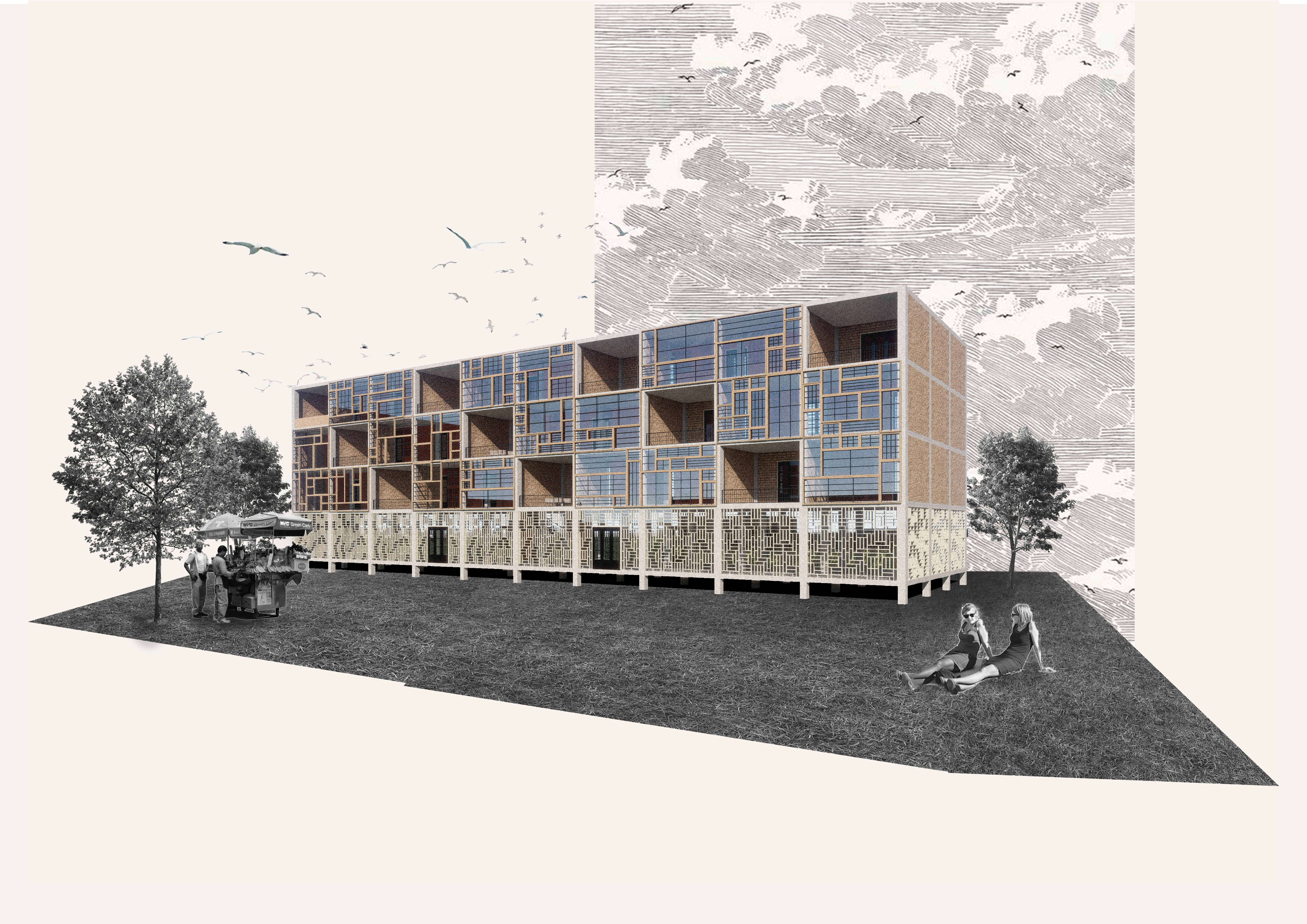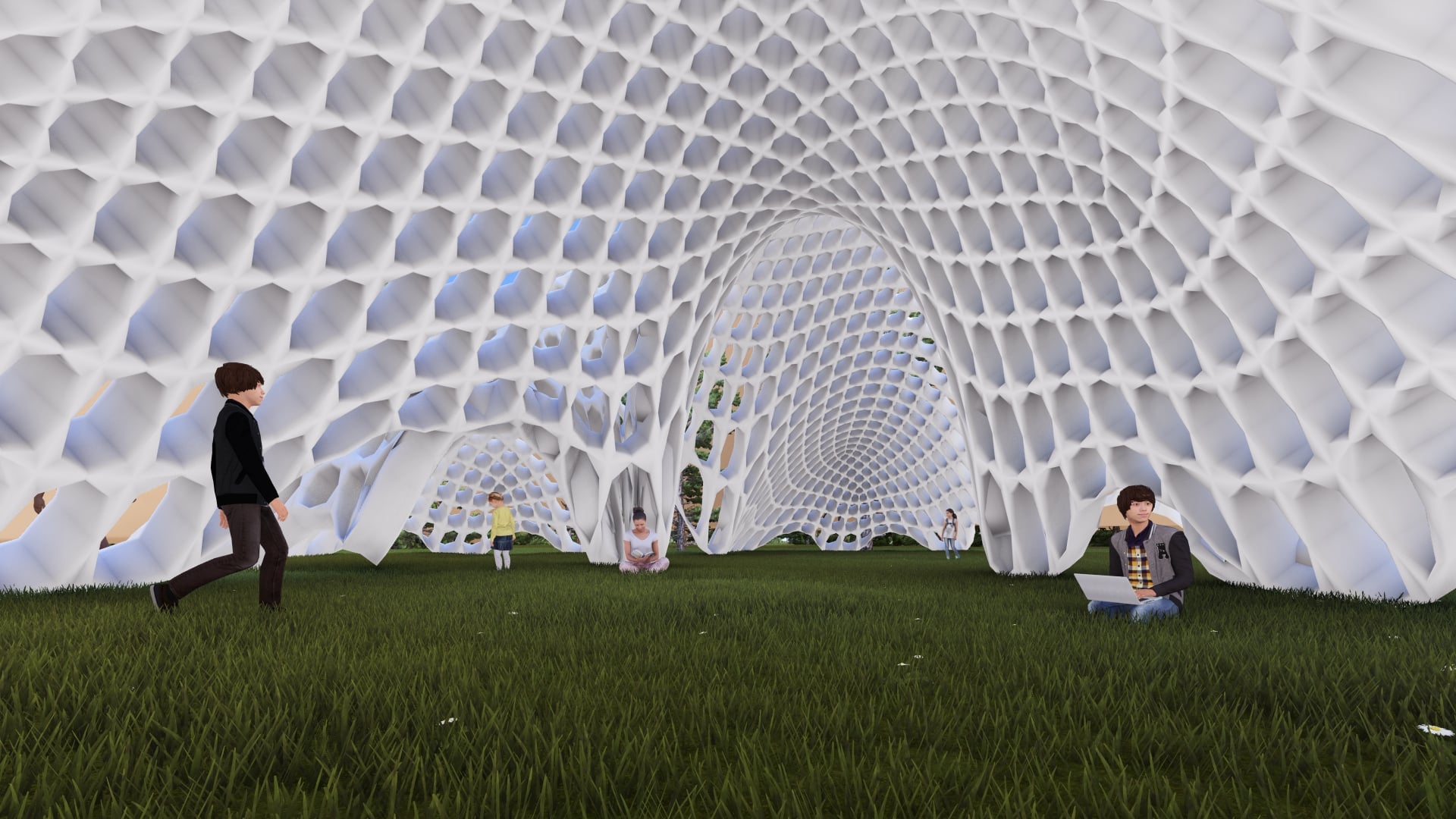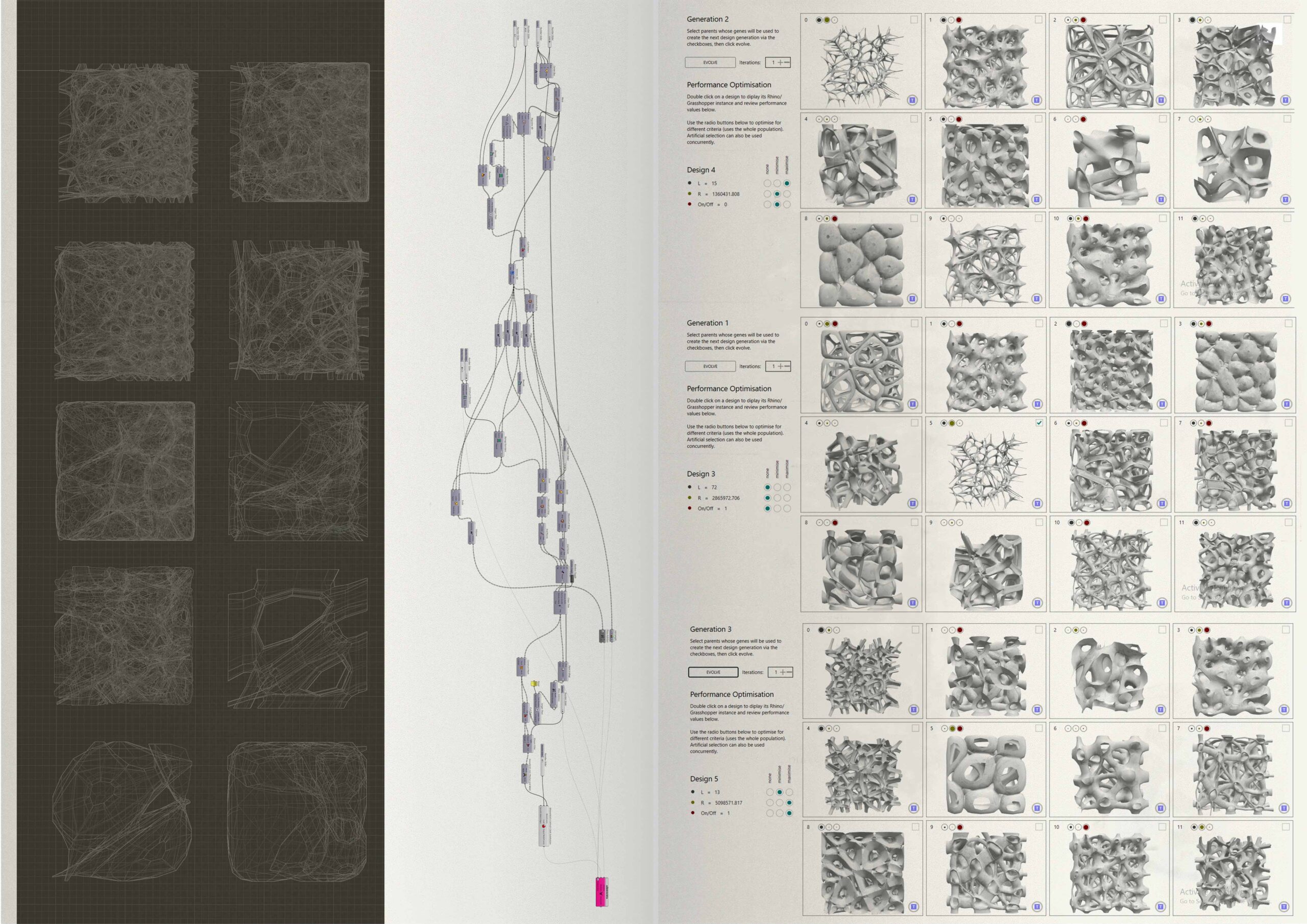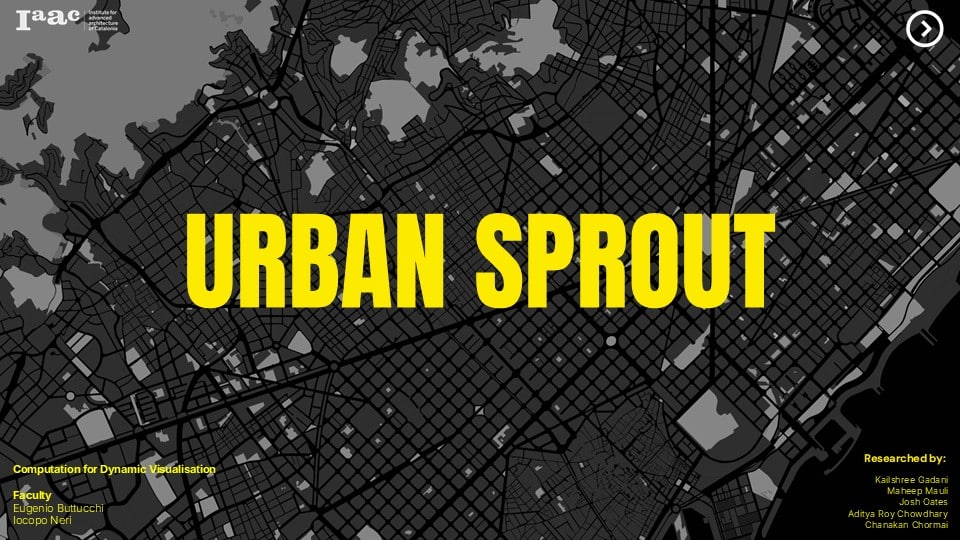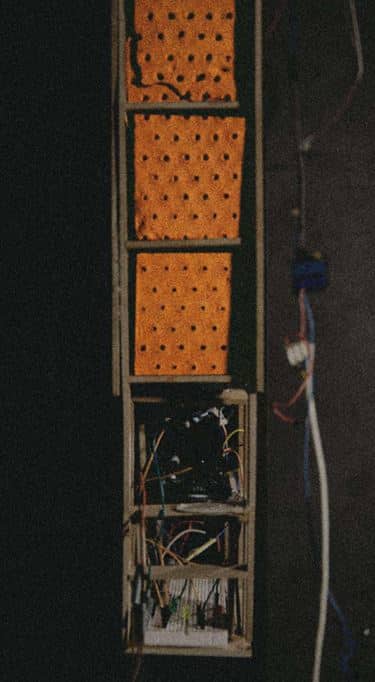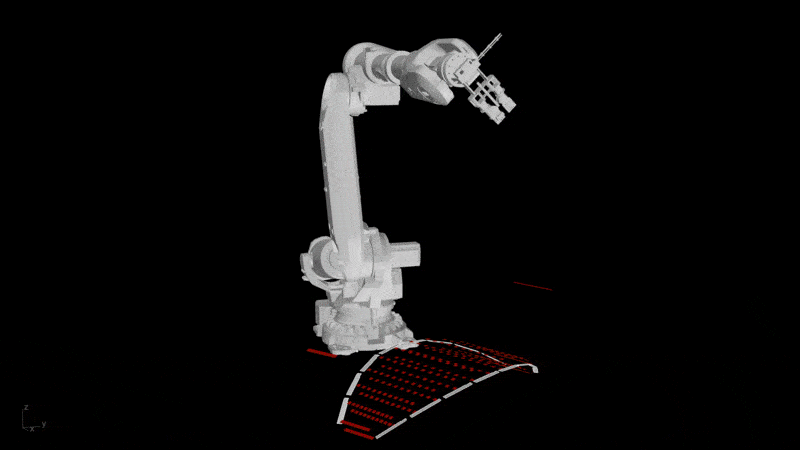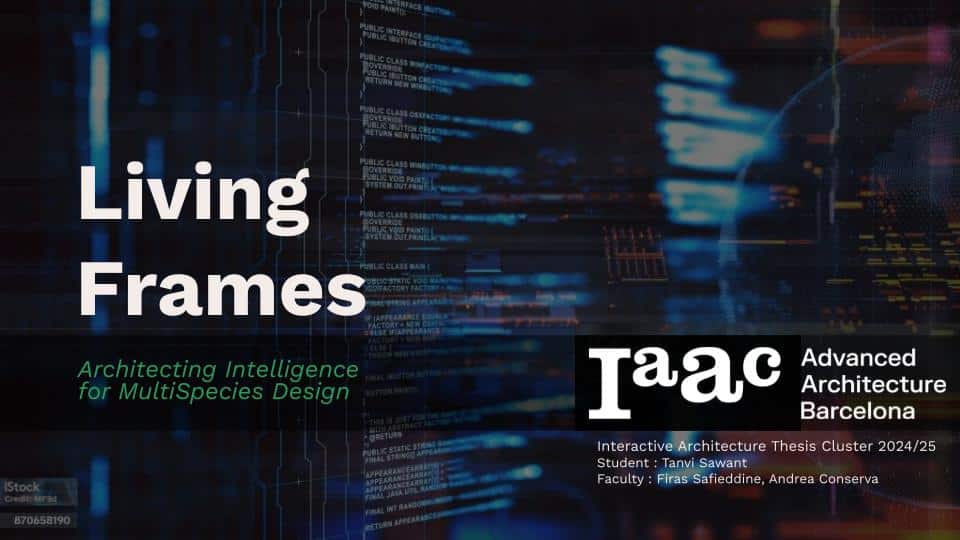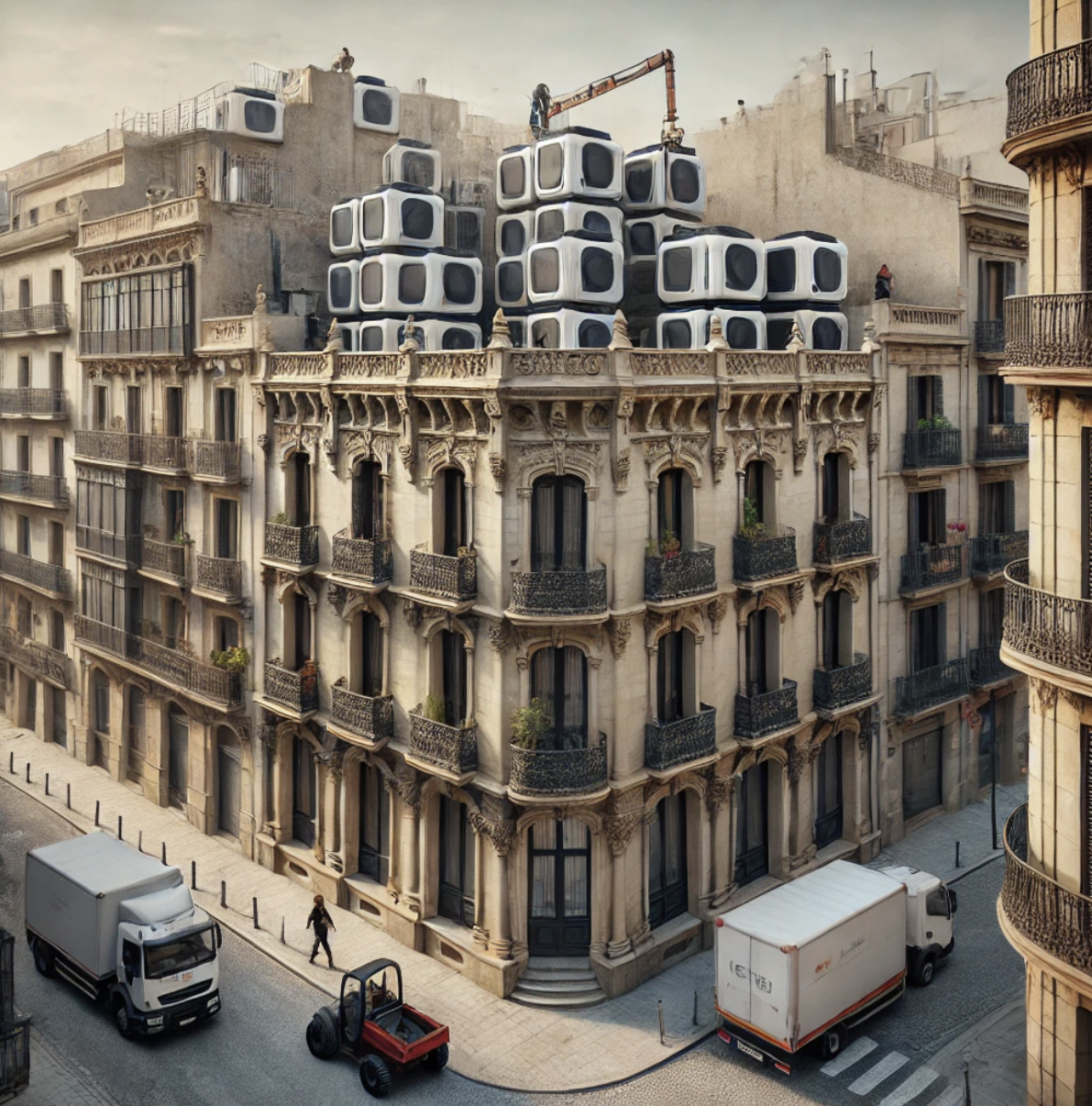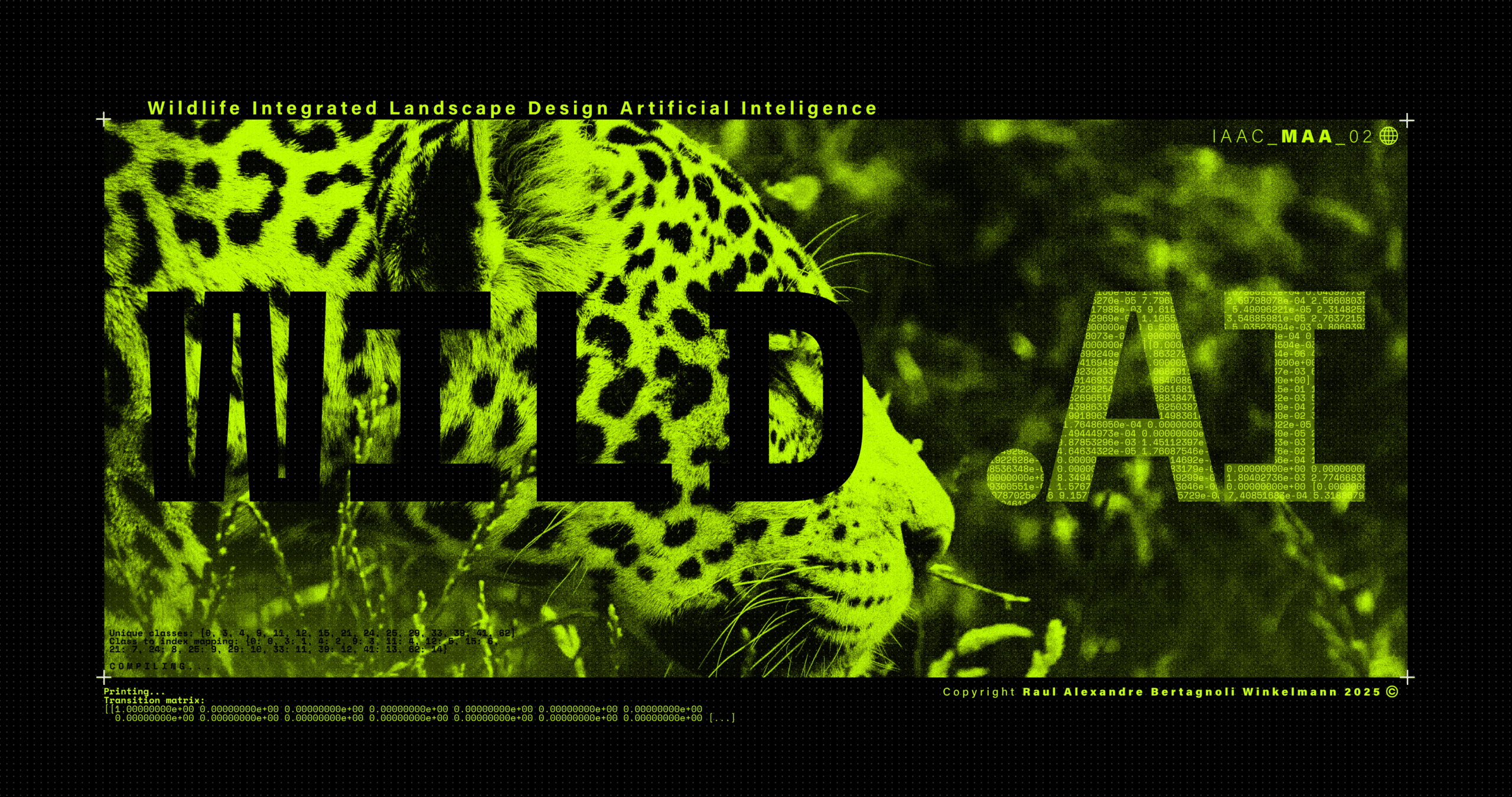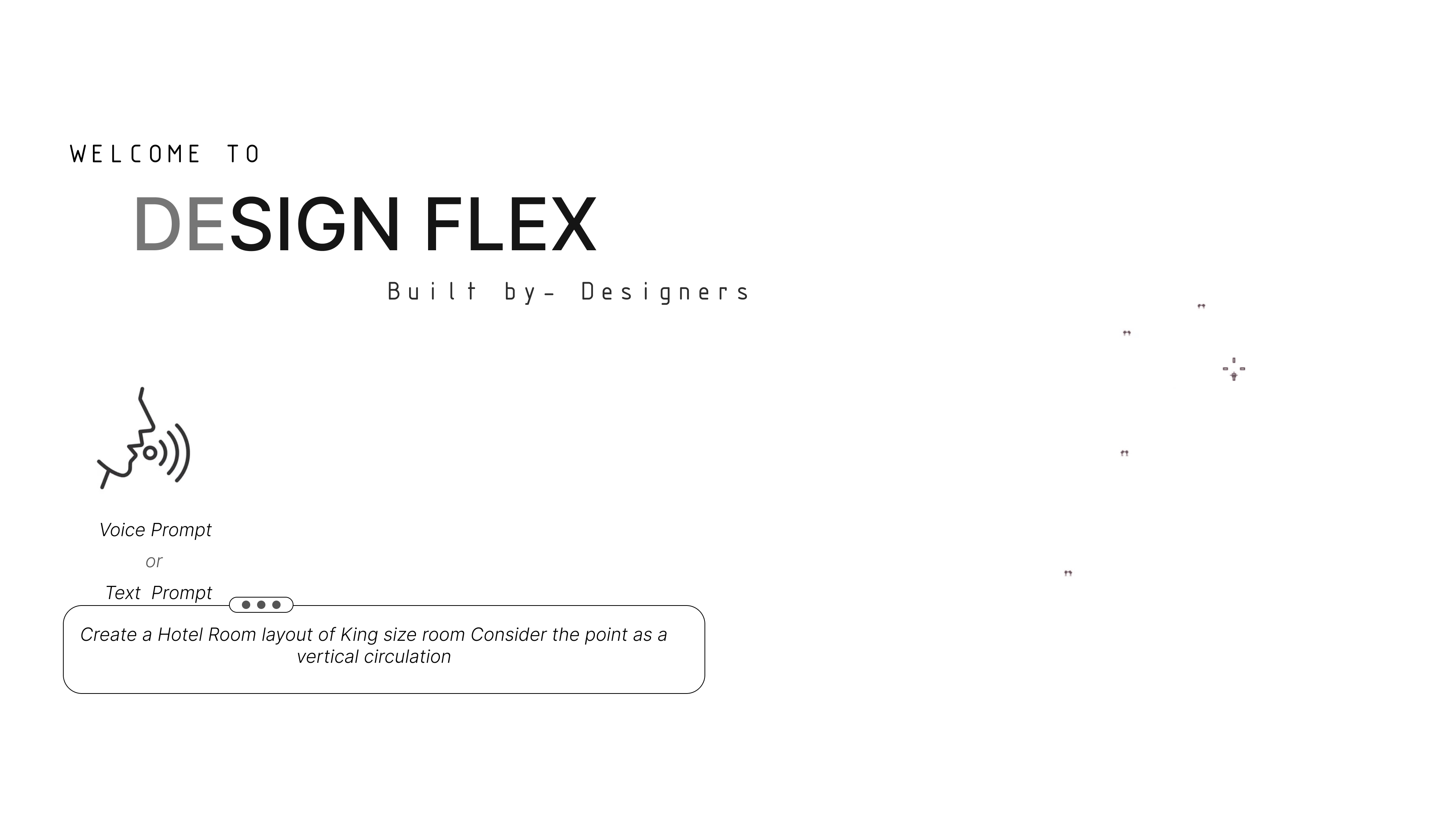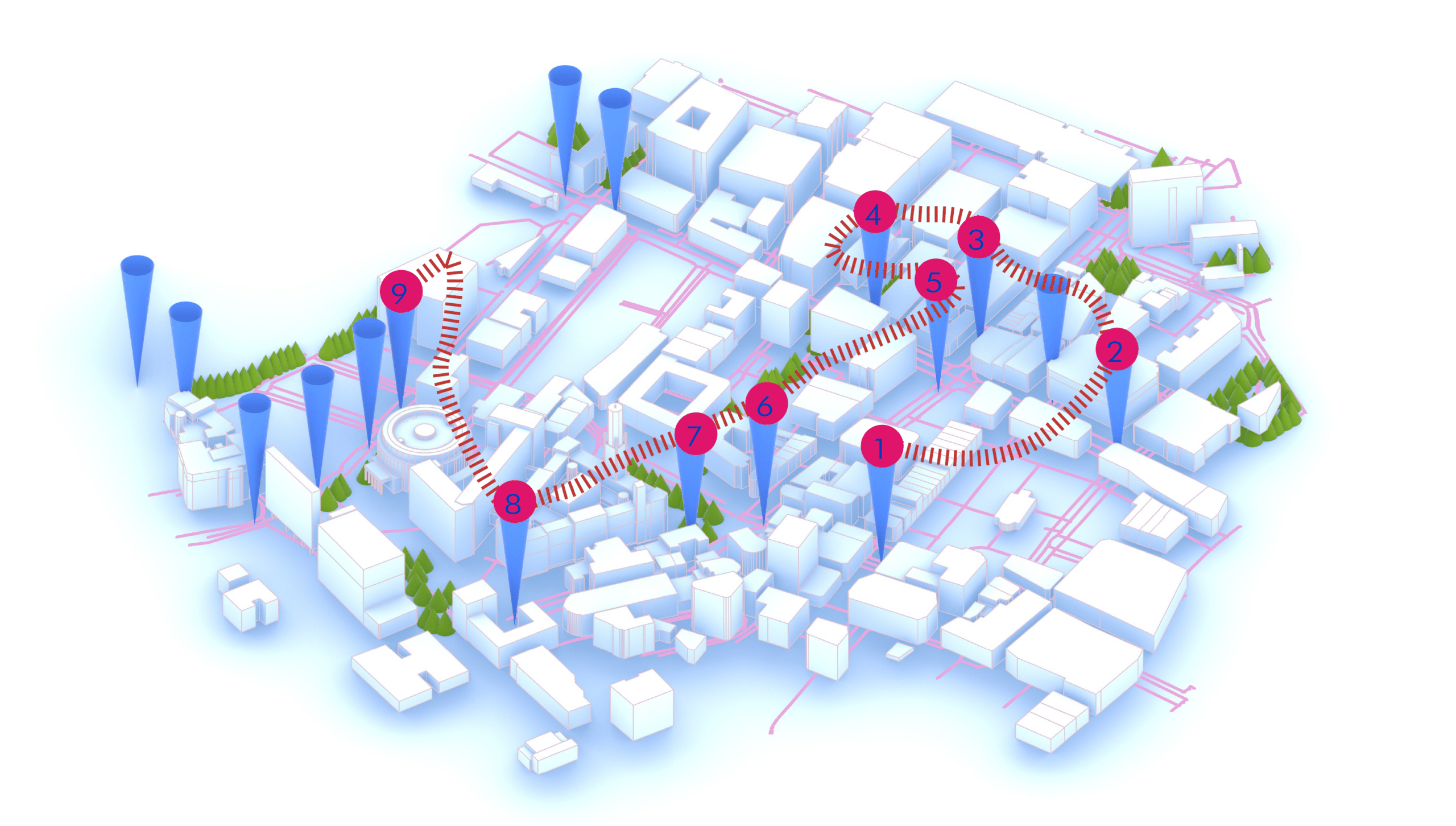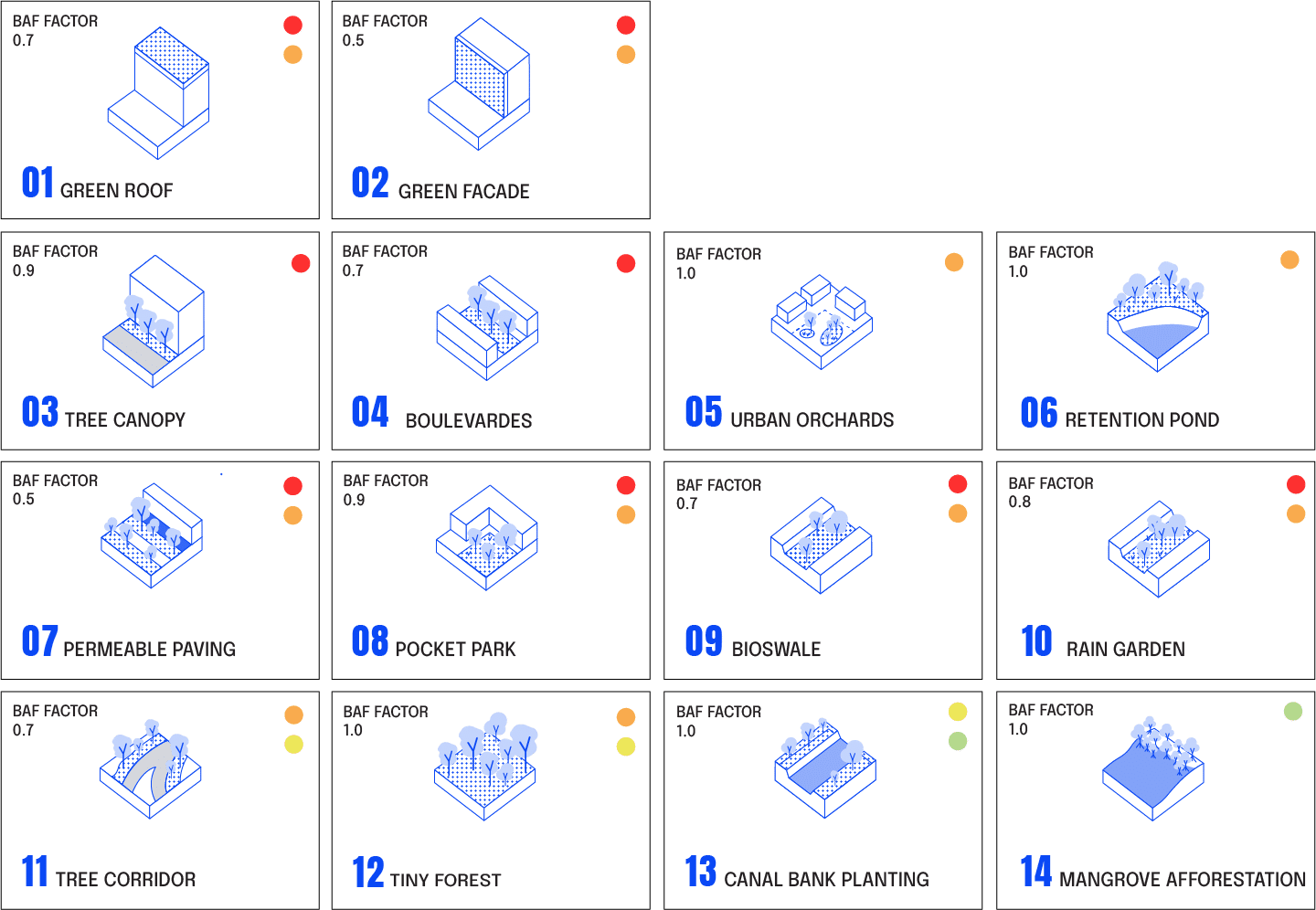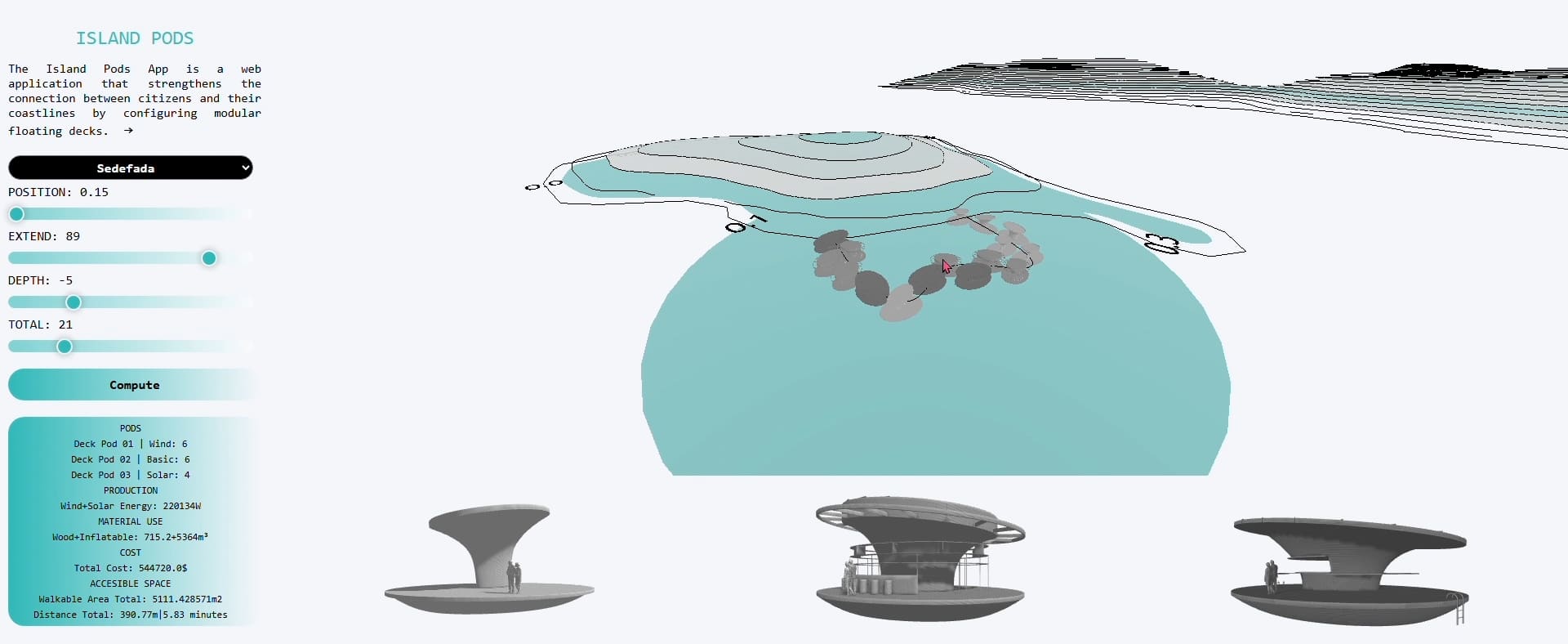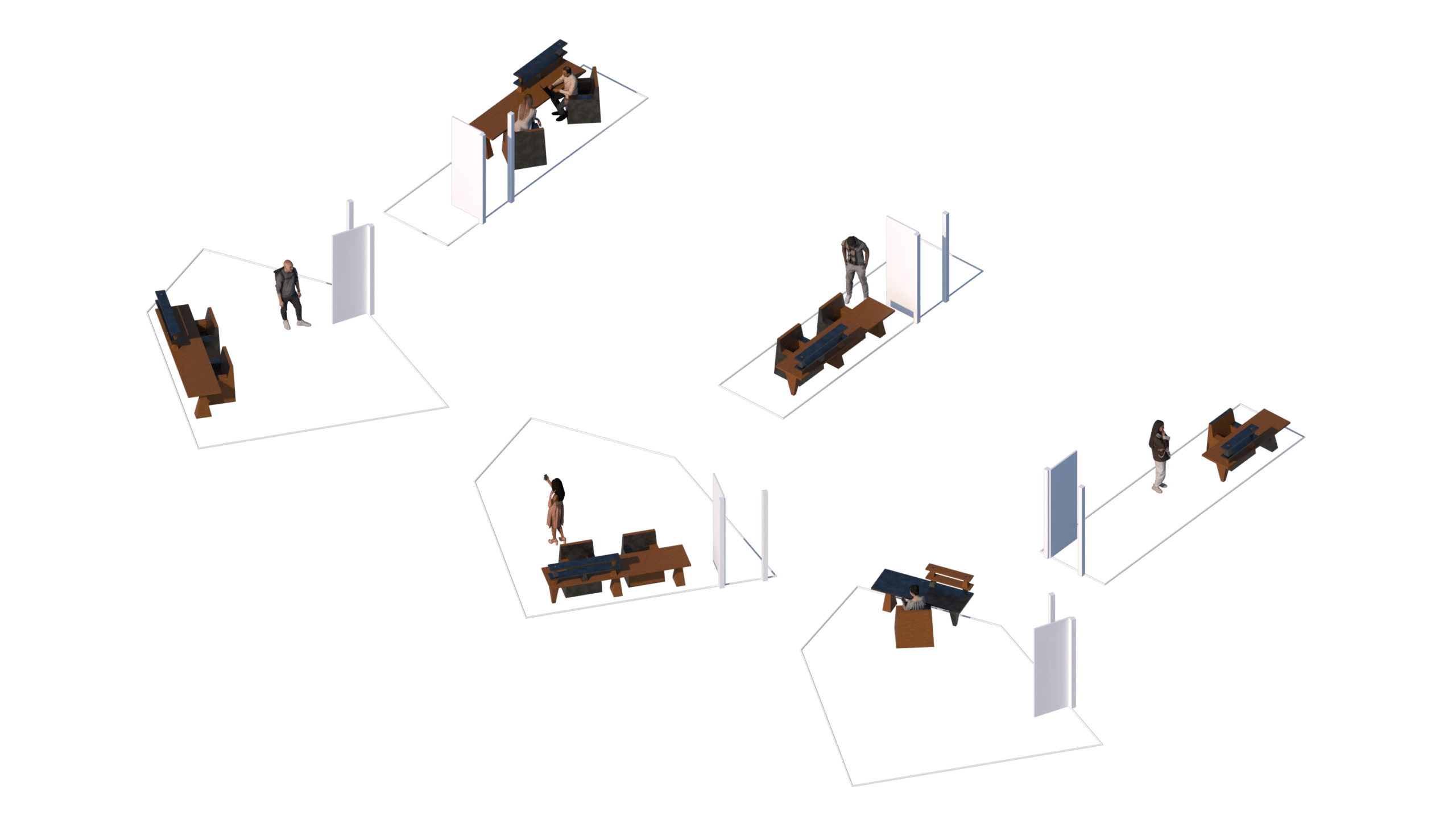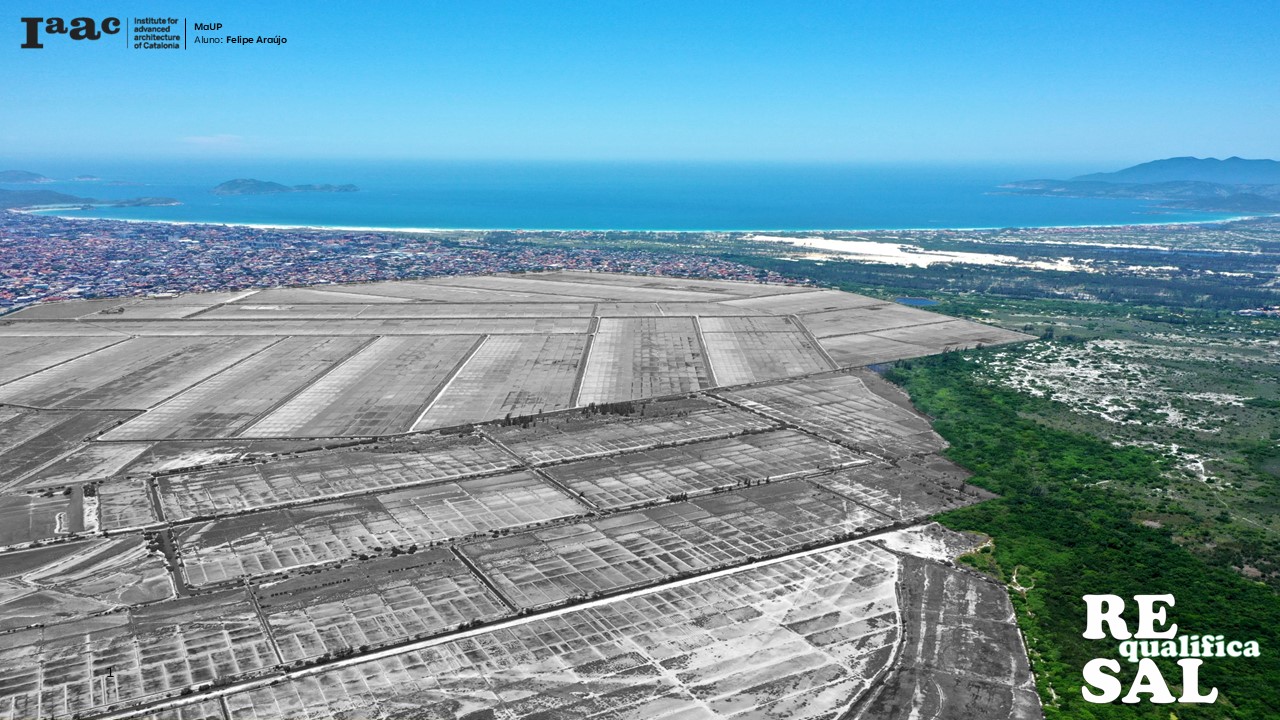The MAA is a visionary master program with an innovative and open structure, mixing diverse disciplines, shaping professionals capable of producing theoretical & practical solutions towards responsive cities, architecture & technology.
Evolving Architecture: Genetic Optimization of a Pavilion through Solar Analysis
Project by Saad Khan and Sai Mohan Satwik Introduction- Evolution In nature, evolution is the quiet engineer — iterating lifeforms through adaptation, selection, and mutation to thrive in ever-changing environments. From the spiral of a seashell to the branching of trees, nature doesn’t design — it evolves. Inspired by this process, computational design tools now … Read more
Synthome
This object functions as a sculptural lamp, where the complex lattice of organic openings serves both an aesthetic and functional role. The irregular perforations allow light to escape in unpredictable and dynamic patterns, casting intricate shadows and gradients onto surrounding surfaces. As light passes through the varying densities and scales of the geometry, it diffuses … Read more
STEAMSENSE – Innovative Humidity Control with Natural Elements
Introduction The Self sufficient building studio students were tasked to use an old yet functional electronic equipment , understand its function and then integrate it into a new prototype body, repurposing its function which could later help sustain an architectural space. I, a one man group, decided to work with water in gaseous state- steam. … Read more
Advanced Manufacturing Cluster – T02
Analog End Effector Explorations Mechanical End Effector Explorations Final Robotic Jig Design | Facade Iterations
Living Frames: Architecting Intelligence for Multispecies Design
Contemporary architecture often prioritizes humans at the expense of ecological balance, distancing us from nature and other species. This thesis envisions a future where buildings evolve into living, adaptive frameworks that foster interspecies mutualism. By integrating third-order cybernetics, machine learning, and AI, architecture can become a mindful mediator, enhancing relationships between humans and other species. … Read more
Augmented & Mixed Reality
AR/VR enhances the connection between architecture and clients by visualizing rooftop pod safety, insulation, and climate adaptability. It provides immersive experiences, making designs more tangible, understandable, and acceptable for real-world living solutions. AR/VR allows clients to explore how rooftop pods are made, the materials used, and required tools. It offers immersive mockups, enhancing understanding, trust, … Read more
Wildlife Integrating Landscape Design Artificial Intelligence – WILD.AI — Term_II
Context How? Where? Workflow Outputs
DESIGN FLEX- PHASE- II
Abstract Parametric design tools like Grasshopper empower architects to create adaptive and efficient spatial layouts, but their complexity presents a barrier for non-experts. This research proposes a community-driven design tool that leverages Graph Neural Networks (GNNs) and Large Language Models (LLMs) to learn from expert-authored Grasshopper scripts, enabling prompt-based parametric layout design. By encoding design … Read more
EcoNodes
Introduction Urban areas are increasingly becoming impermeable, exacerbating environmental challenges such as elevated temperatures, flooding, and pollution. EcoNodes is designed to empower policymakers with a sophisticated tool for dynamically assessing and adapting urban environments towards increased sustainability by pinpointing and prioritizing areas for green interventions. Impervious Surfaces and Urban Heat Islands Cities today face the … Read more
FLOOD RESILIENCE TOOLBOX
Flood Resilience Toolbox: AI-Powered Solutions for a Sustainable Future Flooding is the most frequent and costly natural disaster worldwide, with annual damages exceeding €38 billion. By 2050, this figure could rise to $64 billion, impacting millions of lives. Coastal cities, particularly in Southeast Asia, are at high risk due to rapid urbanization, sinking land, and … Read more
Island Pods | Floating Platforms for Coastal Extensions
Island Pods is an innovative application designed to create modular floating platform extensions for coastlines. Inspired by the Archipelago di Onco project, this tool enables municipalities and event organizers to design and customize floating spaces tailored to their unique needs. The prototype focuses on the Princess Islands in Istanbul, a region known for its diverse … Read more
PYRAMID
Design Your Own Custom Office Furniture with a Few Clicks! Our platform enables users to create personalized office furniture layouts tailored to their space and preferences. Instead of choosing from standard options, this tool allows you to generate optimized designs instantly, making workspace planning efficient and flexible. Core Concept We believe that office furniture should … Read more
ReQualificaSal
Recalificación de Áreas Degradadas por la Industria de la Sal, con base en el Patrimonio Cultural y Ambiental, Cabo Frio – RJ, Brasil Introducción La sal es una materia prima de suma importancia para la humanidad, desde el principio el hombre utilizó esta fuente para sazonar y conservar los alimentos y su importancia la ha … Read more

